

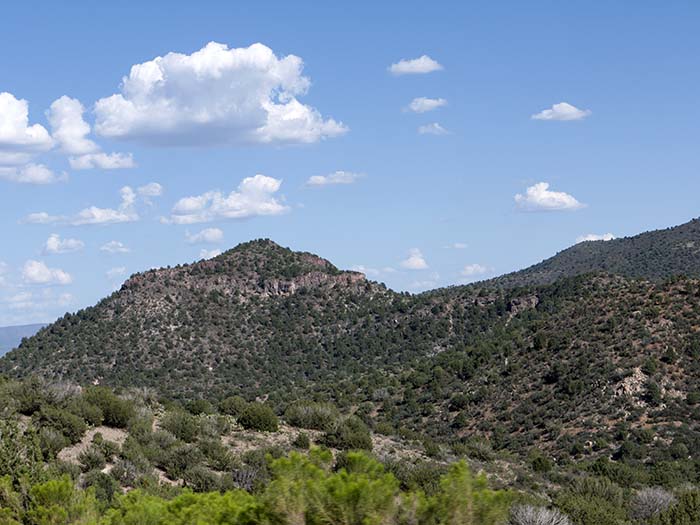
Approaching Montezuma Castle
August 8, 2016: 4:07 PM |
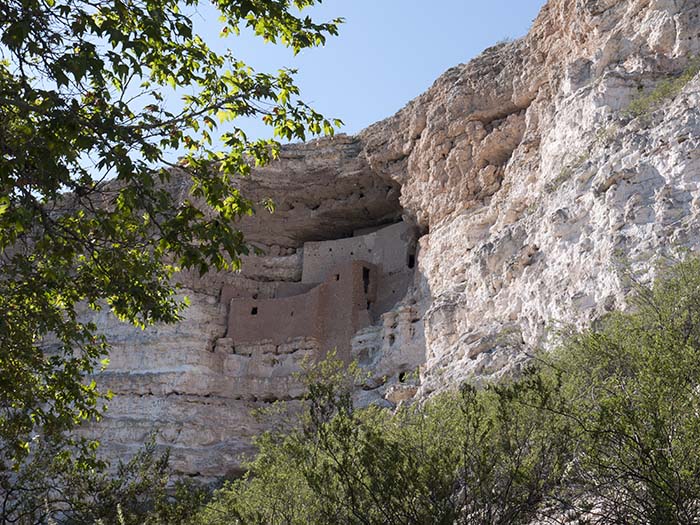
Pre-Columbian cliff dwellings
August 8, 2016: 4:26 PM |
|
Montezuma Castle in the Verde Valley is not a castle and it is not related to Montezuma, an Aztec emperor. It is rather a multi-story room complex that was built in the cliff face by people of the pre-Columbian Southern Sinagua culture. Some modern Hopi may be descendants of the Sinagua. More broadly, the Sinagua belong to the Puebloan culture (or the Anasazi, as the more recent arrivals Navajo call them). The Puebloans are different from the rancheria people further south, such as the Hohokam (see Saguaro National Park). However, the history of ancient cultures is difficult to trace. It has been suggested that between 700 and 900 CE some Hohokam moved north into the valley and grew corns, beans, squash, and cotton using techniques like canal irrigation (the Hohokam way). Later, around 1125 CE, the first above-ground masonry dwellings appeared, clearly influenced by the Northern Sinagua culture, centered around present-day Flagstaff.
|
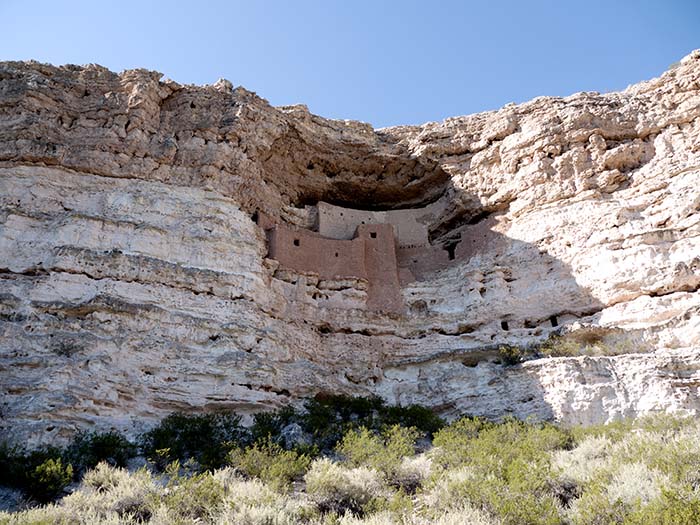
Pre-Columbian cliff dwellings
August 8, 2016: 4:31 PM |
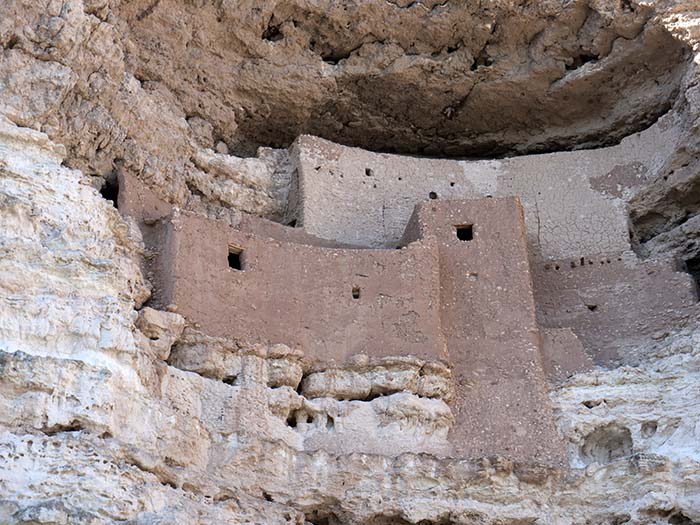
Pre-Columbian cliff dwellings
August 8, 2016: 4:31 PM |
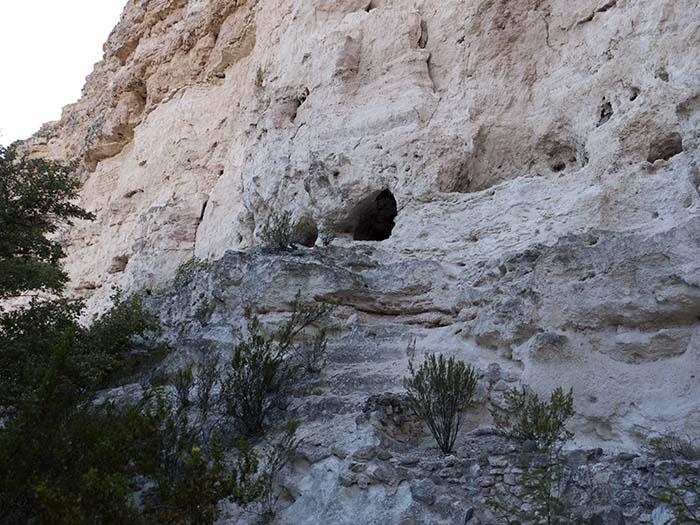
Pre-Columbian cliff dwellings
August 8, 2016: 4:35 PM |
|
Here and in other locations the cliff pueblos were abandoned by the early 1400s, before the arrival of Europeans. The causes of this migration are unknown, but a number of hypotheses have been proposed.
Ancient Peoples of the American Southwest by Stephen Plog |
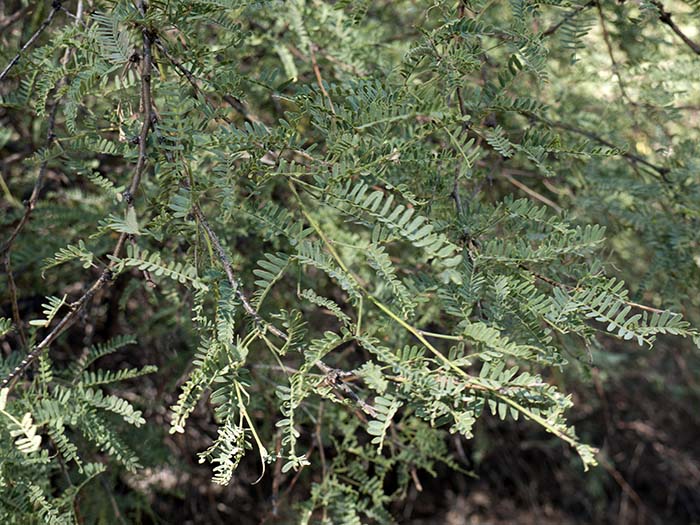
A velvet mesquite (Prosopis velutina)
August 8, 2016: 4:32 PM |
|
The Verde River is home to mesquite bosques, the Spanish for "small forests." This sprawling tree was a critical resource for Verde Valley people. The seeds and pods were ground into meal and baked into cakes that provided a staple protein. Mesquite sap was used as candy, resin, and adhesive. Parts of the tree have medicinal properties that treat eye and skin ailments, as well as the common cold.
The park description |
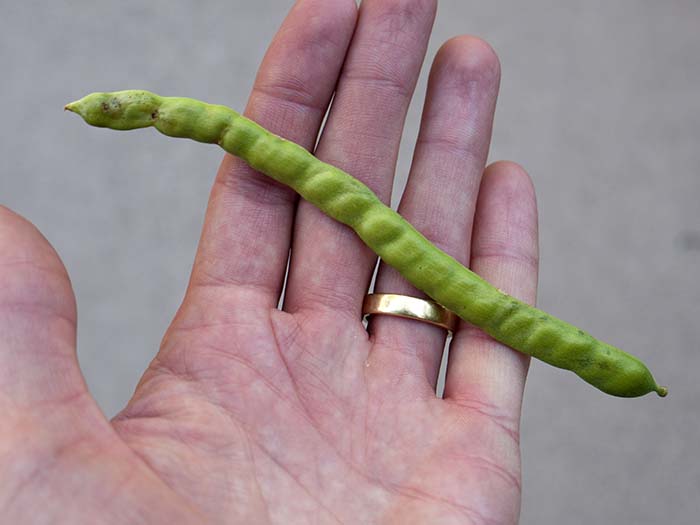
A pod of the velvet mesquite (Prosopis velutina)
August 8, 2016: 4:38 PM |

A catclaw mimosa (Mimosa aculeaticarpa var. biuncifera)
August 8, 2016: 4:42 PM |
|
Dense, hook-shaped spines on the branches of the catclaw mimosa give it a nickname "wait-a-minute-bush," due to its ability to hold up unwary hikers by catching their clothing. It is not to be confused with the catclaw acacia, its taller, yellow-flowered, tree-like cousin. In summertime the round, whitish-pink blossoms atract honeybeys seeking its rich nectar.
The park description |
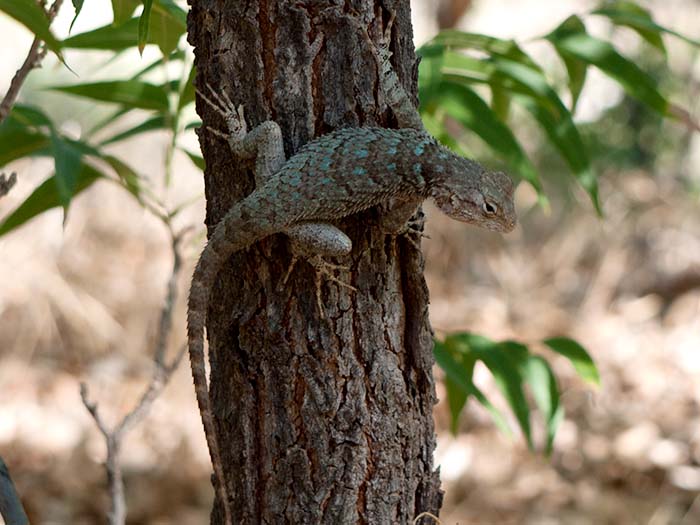
A western fence lizard (Sceloporus occidentalis)
August 8, 2016: 4:42 PM |
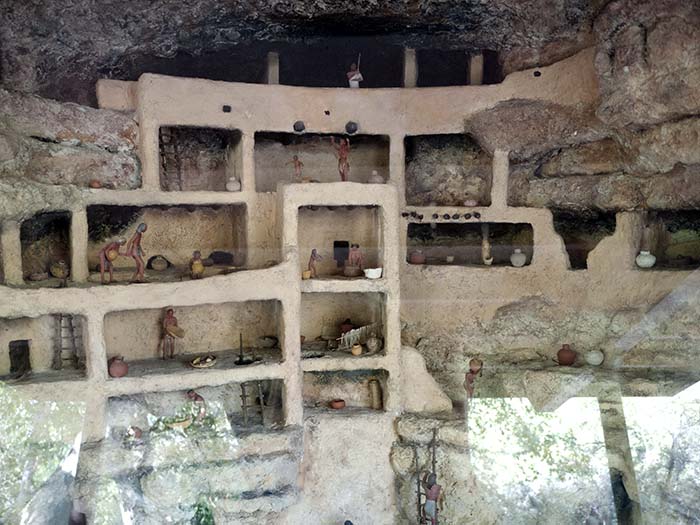
Imagining the past
August 8, 2016: 4:46 PM |
|
Puebloan ethnology remains an active area of research (Vanpool and Vanpool, 2016).
|